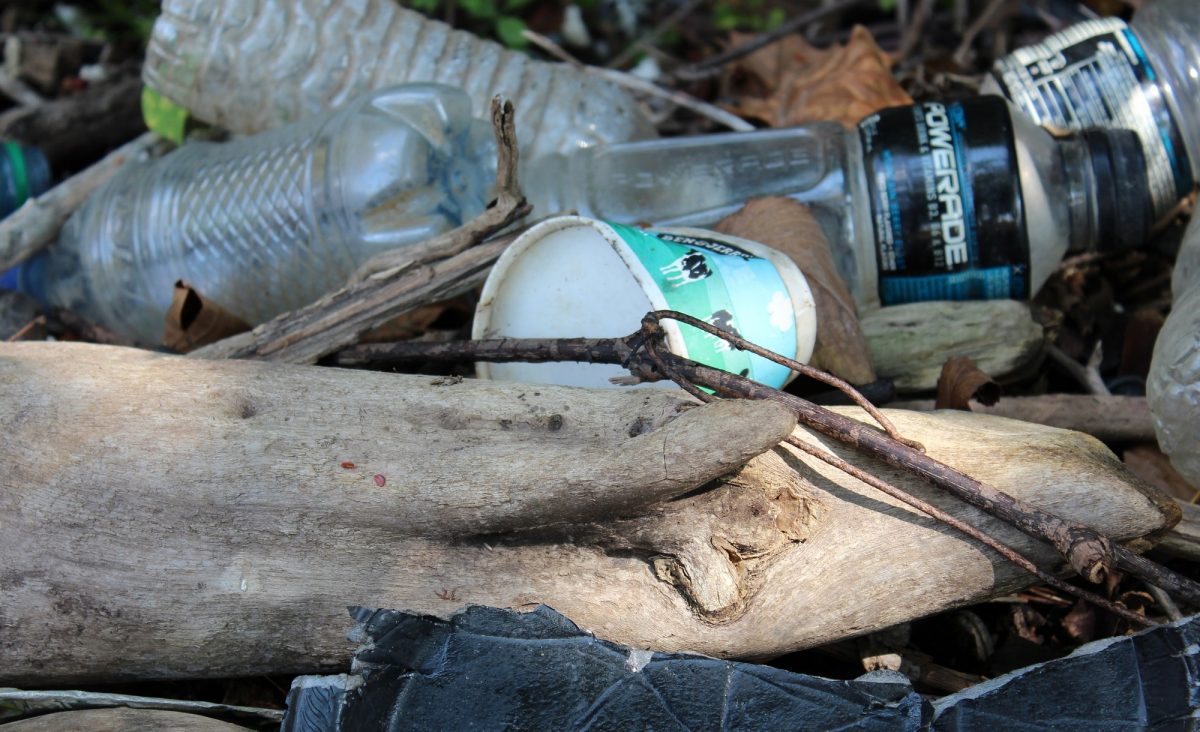Chattanooga, Tenn. (Sept. 27, 2023) – Every day, countless Chattanoogans and guests of the city find themselves walking by, driving over, living, or working in proximity to the Tennessee River. Its sinuous flow through the heart of downtown serves as a geographic punctuation point that represents one of the community’s greatest assets.
But despite its biological richness and its importance as an economic and recreational resource, the river is treated by many with casual indifference as a dumping ground.
For 35 years, the organizers of the Tennessee River Rescue have called on volunteers across Southeast Tennessee to give back to the river by removing some of the trash from the main stem of the waterway and its major tributaries.
The 35th annual Tennessee River Rescue will take place Saturday, Oct. 7. Volunteers are still needed for the clean-ups that will be conducted between 9 a.m. and 1 p.m. at 38 sites across Hamilton, Bradley, Marion and Rhea counties in Tennessee as well as Catoosa County in Georgia. Timing for each clean-up may vary by location.
Even after decades of work, the abundance of trash dumped into or carried to the river by runoff each year means there’s no shortage of waste to dispose of, says event organizer Mary Beth Sutton.
“It’s a shame we are still cleaning, but we have to keep raising awareness,” says Sutton, the executive director of WaterWays, a Chattanooga-based nonprofit devoted to watershed health and restoration.

A sampling of trash removed from the Tennessee River during a past iteration of the Tennessee River Rescue. Volunteers work each year to remove waste from the river and its tributaries with plastic waste comprising much of the debris removed in recent years.
“The bottom line is that it takes all of us to take care of our river, whether it’s someone who accidentally lets plastic fly out of their truck or someone who illegally dumps their tires into the river,” she adds. “If we don’t continue to raise awareness about the importance of caring for our river, for all of our water resources, it will get a lot worse.”
When the Rescue was founded in the 1990s, there were far more large items to collect, whether cast-off appliances or mounds of tires. The items may be smaller today, but the predominant material has shifted to plastic debris. Sutton says more than 80% of material recovered from Chattanooga Creek by a litter boom was plastic waste, a trend reflected in other parts of the river system.
“Floatables like Styrofoam and plastic bottles are dominant,” she says. “We also see more refuse originating at homeless encampments, and this can include some larger things, like furniture, as well as more dangerous items such as needles or syringes.”
Sutton says she expects more than 1,000 volunteers this year. Participants are encouraged to wear clothing they don’t mind getting wet or dirty. Organizers at some clean-up sites may also recommend wearing long pants or close-toed shoes.
As part of this year’s Rescue, freshwater scientists from the Tennessee Aquarium Conservation Institute and other Aquarium personnel will participate in a special clean-up effort on Thursday, October 5, near the Chattanooga Pier behind the Aquarium.
The Southeast is home to many biologically rich rivers, many of which wind their way through Southeastern cities, from the Cahaba River, which flows through Birmingham, Alabama, to the Cumberland and Mississippi rivers, whose waters lap against the waterfronts of Nashville and Memphis.

In addition to their importance to humans, rivers like the Tennessee support a huge variety of aquatic life, thanks to their abundance of nutrients and the range of habitats they encompass. The combined Southeastern watersheds of the Tennessee and Cumberland rivers and the Mobile Basin represent just 1.5% of the land area of the United States and Canada but are home to almost half of those countries’ freshwater fish species.
“This is a small amount of land for that much biodiversity,” says Dr. Anna George, the Aquarium’s vice president of conservation science and education. “Every time I think about this or look at the maps that showcase this, I get a little chill and get excited all over again about working where we do.
“At the same time, we have a plenty of humans living in this area also trying to use those rivers for the things we need every day. We need to be thoughtful about how we use our rivers and how we return the water we use back to them so it’s healthy for all those animals beneath the surface as well.”
For more information about the Tennessee River Rescue, including a map of clean-up sites and a registration portal, visit tennesseeriverrescue.org/event-details